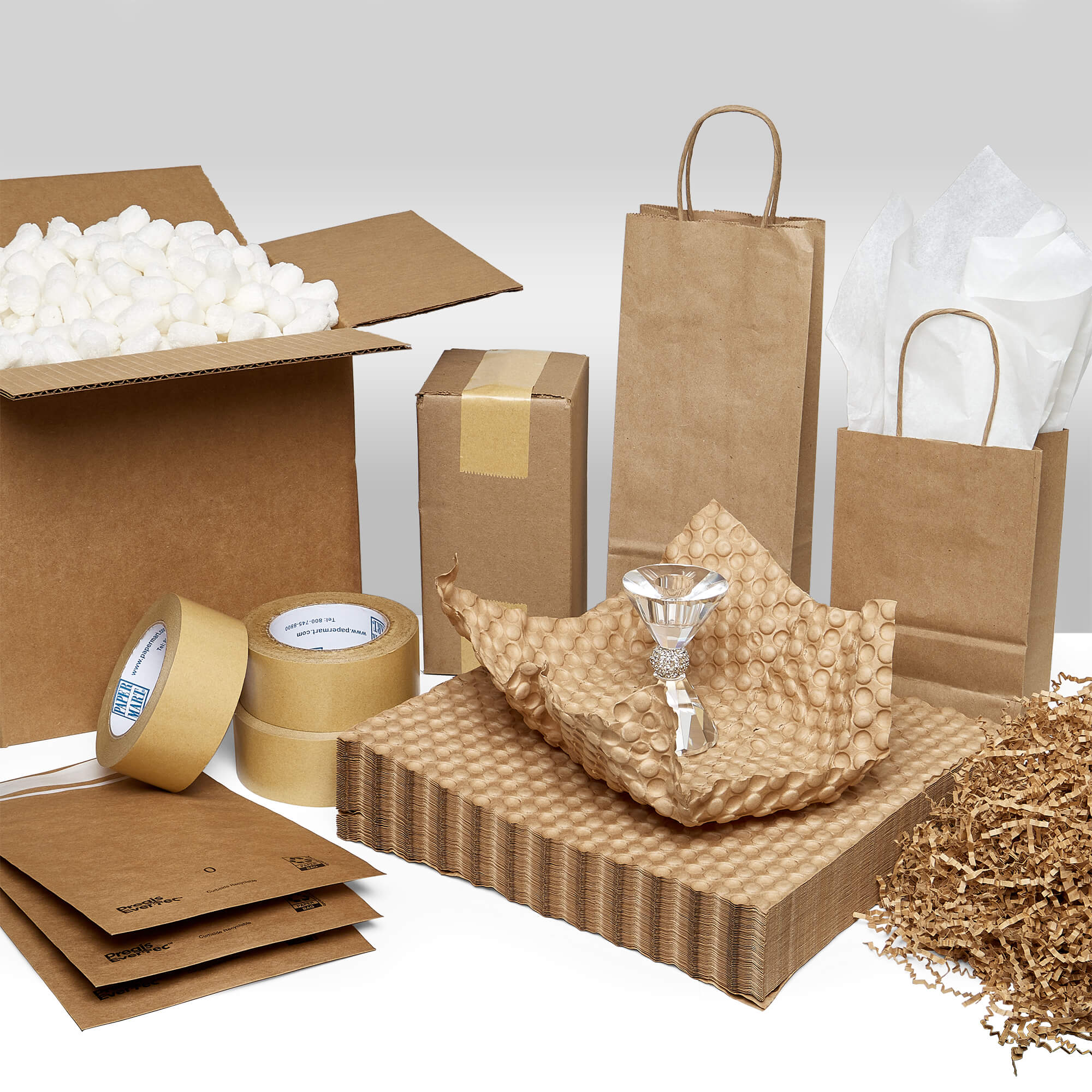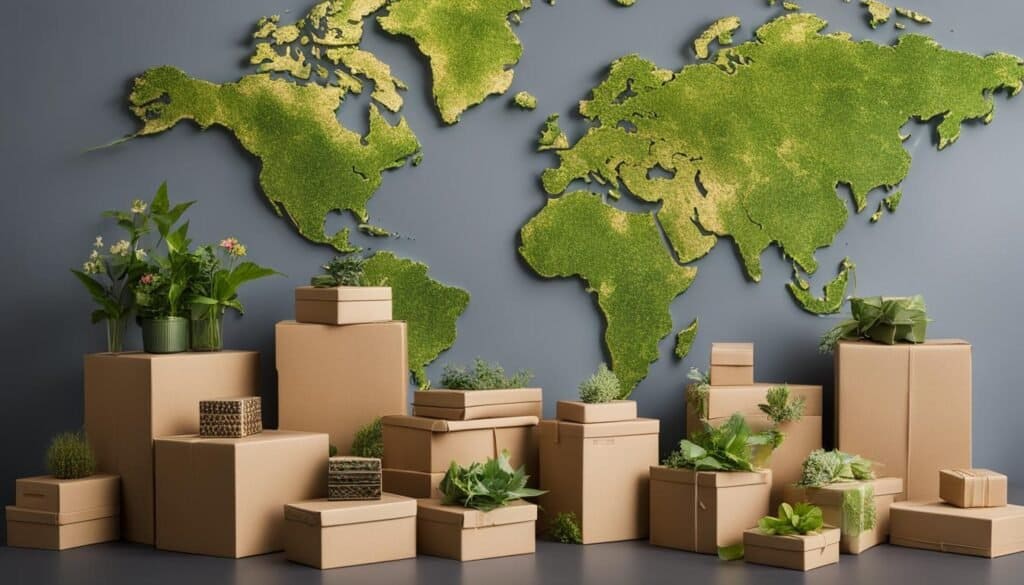The Ultimate Guide To Sustainable Packaging Solutions

In today's world, where environmental concerns are at the forefront, sustainable packaging solutions have become crucial for businesses. The rising awareness of packaging waste and its impact on our planet has driven companies to rethink their strategies. This guide will explore the significance of sustainable packaging, its benefits, types, and how businesses can implement these solutions effectively.

Introduction to Sustainable Packaging
Sustainable packaging refers to the use of materials and processes that have a minimal impact on the environment. According to the Environmental Protection Agency (EPA), packaging waste accounts for about 30% of the total municipal solid waste generated in the U.S. This staggering statistic highlights the urgency of adopting sustainable practices.
Defining Sustainable Packaging
Sustainable packaging encompasses materials that are recyclable, biodegradable, or made from renewable resources. The goal is to reduce waste, lower carbon footprints, and encourage responsible consumption.
Benefits of Sustainable Packaging
The shift to sustainable packaging comes with numerous benefits that extend beyond environmental impact.
Environmental Impact
By using eco-friendly packaging, businesses can significantly reduce their environmental footprint. For instance, switching to biodegradable packaging materials can help reduce landfill waste and pollution.
Cost Savings
While some sustainable packaging options may have higher upfront costs, they can lead to long-term savings. Reducing material usage and waste disposal costs can result in lower operational expenses for companies.

Consumer Preferences
Today's consumers are increasingly eco-conscious. A survey by Nielsen found that 73% of global consumers are willing to change their consumption habits to reduce environmental impact. Therefore, adopting sustainable packaging can enhance brand loyalty and attract new customers.
Types of Sustainable Packaging Solutions
Several types of sustainable packaging solutions are available for businesses to consider.
Biodegradable Packaging
Biodegradable packaging decomposes naturally over time, reducing landfill waste. Made from materials like cornstarch or sugarcane, these options are increasingly popular among eco-conscious consumers.
Recyclable Packaging
Recyclable packaging can be processed and reused in the production of new materials. Common examples include cardboard and certain plastics, which can contribute to a circular economy.
Green Packaging
Green packaging focuses on sustainable materials and processes. This category includes reusable containers and packaging made from recycled content, further reducing environmental impact.

How to Choose Sustainable Packaging
Choosing the right sustainable packaging requires careful assessment of a business's needs.
Assessing Packaging Needs
Start by evaluating the type of products being packaged. Consider factors such as the product’s fragility, shelf life, and storage requirements. This analysis will help identify the most suitable sustainable options.
Researching Materials
Investigate various sustainable materials available in the market. Look for certifications like FSC (Forest Stewardship Council) for paper products or compostable labels for biodegradable options.
Case Studies of Successful Sustainable Packaging
Real-world examples can provide valuable insights into effective sustainable packaging solutions.
Example 1: Unilever
Unilever has committed to making all of its plastic packaging recyclable, reusable, or compostable by 2025. The company has already achieved a significant reduction in plastic use by using plant-based materials for its packaging.
Example 2: Coca-Cola
Coca-Cola is working towards a "World Without Waste," aiming to collect and recycle a bottle or can for every one sold by 2030. Their new packaging includes 50% recycled material.

Example 3: IKEA
IKEA has pledged to eliminate single-use plastic from its products and packaging by 2028. The company is exploring innovative materials, such as mycelium, for future packaging solutions.
Example 4: Starbucks
Starbucks is transitioning to 100% recyclable and compostable packaging by 2025. They are also testing reusable cup programs to minimize waste.
Example 5: Amazon
Amazon has introduced frustration-free packaging, designed to be easy to open and 100% recyclable. This initiative reduces plastic waste and enhances customer satisfaction.
Future Trends in Sustainable Packaging
The landscape of sustainable packaging is continuously evolving. By 2025, we can expect several exciting trends.
Emerging Technologies
Innovations like edible packaging and packaging made from agricultural waste are gaining traction. These technologies promise to further reduce waste and enhance sustainability.
Increased Regulations
Governments worldwide are implementing stricter regulations on packaging waste. Businesses will need to adapt to these changes to remain compliant and competitive.
Conclusion
Sustainable packaging solutions are not just a trend; they are essential for the future of our planet. By choosing eco-friendly options, businesses can reduce their environmental impact, save costs, and meet consumer demand. It's time for companies to embrace sustainable practices and lead the way toward a greener future. Start your journey toward sustainable packaging solutions today!